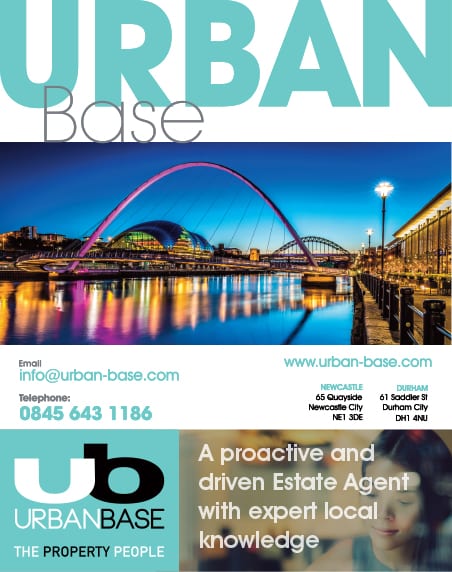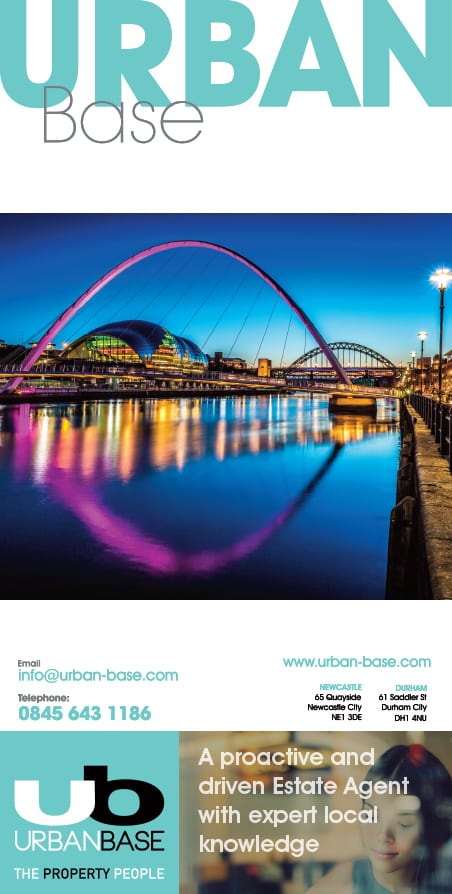In Newcastle City Centre and particularly in Jesmond, the world seems to be plagued by orange scooters. Do these scooters turn you red with anger? Or do you see them as part of a green solution? Is the green economy a matter of black and white?
Politicians from across the political spectrum from darkest blue to brightest red, with yellow in the middle, are all jumping on the green bandwagon to “save the planet”. I think it is generally recognised by most people that global warming is occurring, and that some contribution to this global warming is being made by human activity. The big question is to what extent is human activity affecting the climate and what can be done about it, rather than just the natural process whereby the planet cools and warms over eons. In London, Boris Johnson when he was mayor introduced the “Boris Bikes” and these were followed in Newcastle by the “Mobikes”, and now we have the orange “Neuron Mobility” e-scooters all over the place. Many of the bikes ended up in the River Tyne or dumped elsewhere, and the scooters are very rarely returned to designated areas and quite often just left strewn about the pavement, causing a hazard for pedestrians, particularly those less able. I think it would be fair to say that significantly more than half the scooters are ridden irresponsibly – sorry about that but its observation from an empirical evidence. This exposes a shortcoming in green policy. Governments of whatever colour only do a job half-heartedly, and so there is not enough infrastructure to really make these things work without enormous expense. I don’t believe that creating wide cycle paths that push other road traffic users into single lanes is a fantastic solution since this builds up more congestion, meaning more fumes rather than less and maybe there are three quarters the number of cars producing twice the pollution each so pollution itself goes up by 50%. Of course, my real “Mastermind” specialist subject is property and buildings. And here again we need a balanced approach. RIBA, the architects’ professional body, has produced a document, the “Sustainable Outcomes Guide”. This will shape the future of building design undoubtedly, but at the same time, it states quite clearly that there should be a desire to improve existing buildings before building new. In the preface to this report, Amory Lovins, the chairman of the Rocky Mountain Institute in the USA, says we should: “Rely on renewable energy flows that are always there whether we use them or not, such as, sun, wind and vegetation: on energy income, not depletable energy capital.” RIBA are also looking at transport, and maybe one of the changes we will see accelerating – it’s already started – is the creation of more electric charging stations than petrol/diesel filling stations. Because I’m writing this now, I can’t report yet, but by the time you read this, I will have met a client in London where we are considering creating an “ECS” about a mile from the City. Many of my clients, this one included, are looking at making their buildings “greener” with modern heating and cooling technology. I think this is a much better approach to environmental issues than scooters being dumped around the place


